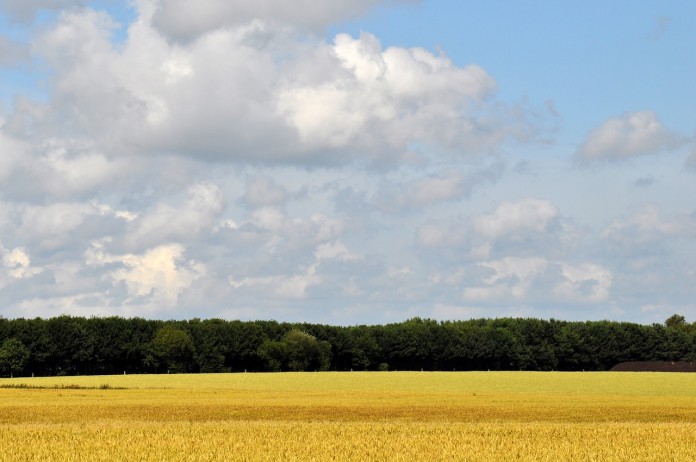Hello again!
As I look out the window and see the brilliant colors of fall progressing from shades of greens to radiant reds, oranges and yellows, I’m reminded of a quote from Greek philosopher Heraclitus, “the only thing that is constant is change.”
Farming is no exception; in fact we embrace change when you think about it. In the spring months we sow the seeds and watch the brown dirt change into lush fields of green.
In the fall months we anticipate the green fields changing into the golden hues of yellows and browns, meaning harvest time is upon us and we can reap what we have sown.
In the FSA office, we too, look at the changes throughout the year as we administer the different programs with various deadlines.
As the farmers sow their crops we anticipate their arrival to our office to report their planted acres. Regulations have changed now requiring that all perennial forage crops be reported no later than Nov. 15 for the expected 2017 harvest.
This includes alfalfa, mixed hays and grasses intended to be baled to feed livestock. Don’t be caught off guard and miss the changed deadline as this would create the need to charge a late file fee of $46 per farm.
Report your acreage
The reporting of all crop acreage is required for most program benefits when payments are involved. In many cases when payments are earned, they cannot be issued without the certification of all planted acres on the farm, including forage crops.
Those folks who have harvested soybeans and have sown wheat for harvest in 2017 are also reminded that they too must report their planted acres by the Dec. 15 deadline. Included in the Dec. 15 deadline are any fall-seeded small grains, which include barley and cover crops.
Reporting process
The process to report planted acreage is reasonably simple. Those with an interest/risk in the share of the planted crops need to report where the acres are planted, the planting date, and the intend use of the crop.
With the new initiative to simplify acreage reporting between the Farm Service Agency (FSA), National Agriculture Statistics Service, the Natural Resources and Conservation Service, and the Risk Management Agency, farmers can stop first at the FSA office to report their planted acres and the data will be available to share among all USDA agencies
Validate reports
For those with federal crop insurance, keep in mind you are still required to validate your acreage reports with your personal crop insurance agents. This is necessary to confirm program-specific information with each agency.
With the new reporting system, the sharing of data should speed up the completion of your subsequent filing with the agents.
French novelist Jean-Baptiste Alphonse Karr once stated, “The more things change, the more they stay the same.”
With that being said, Jan. 2 remains the deadline to report honey and maple sap and Jan. 15, to report apples and grapes acreages.
Nursery crop acreage should be reported to the FSA office by May 31, 2017, while July 15, 2017, continues as the deadline to report all your spring-planted crops such as corn, soybeans, oats, vegetables and Conservation Reserve Program (CRP) acreage.
Need for safety
As harvest progresses, one thing that does not change is the need for safety. Nothing is worse than hearing about tragic farm accidents that could have been avoided by taking a few extra steps of caution.
Please be ever vigilant in following safety procedures to protect not only yourselves but those loved ones around us.
Remember, change is inevitable, but how we react to it makes all the difference to the outcome. We look forward to seeing you soon to report your planted hay acreage by the new Nov. 15 deadline.
That’s all for now,
FSA Andy













